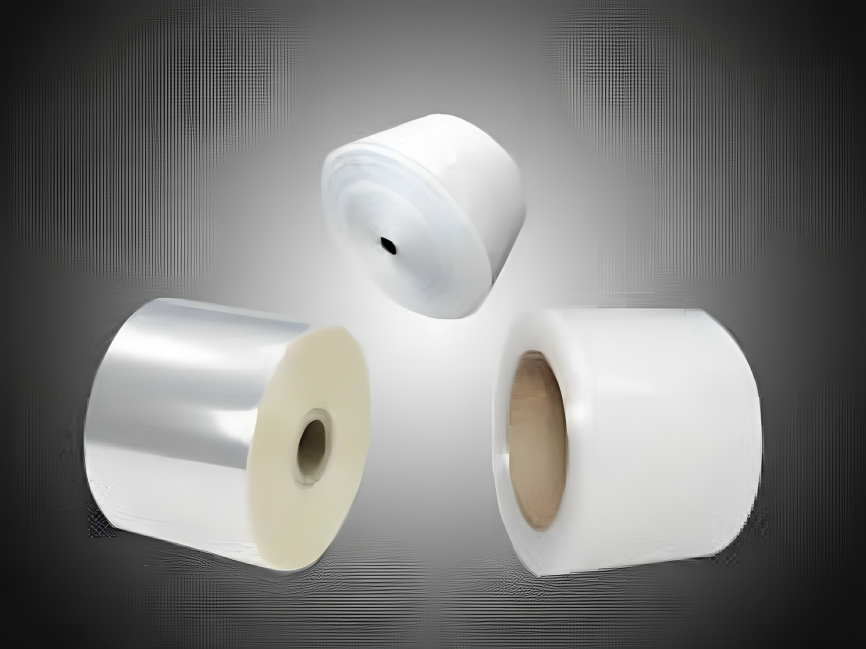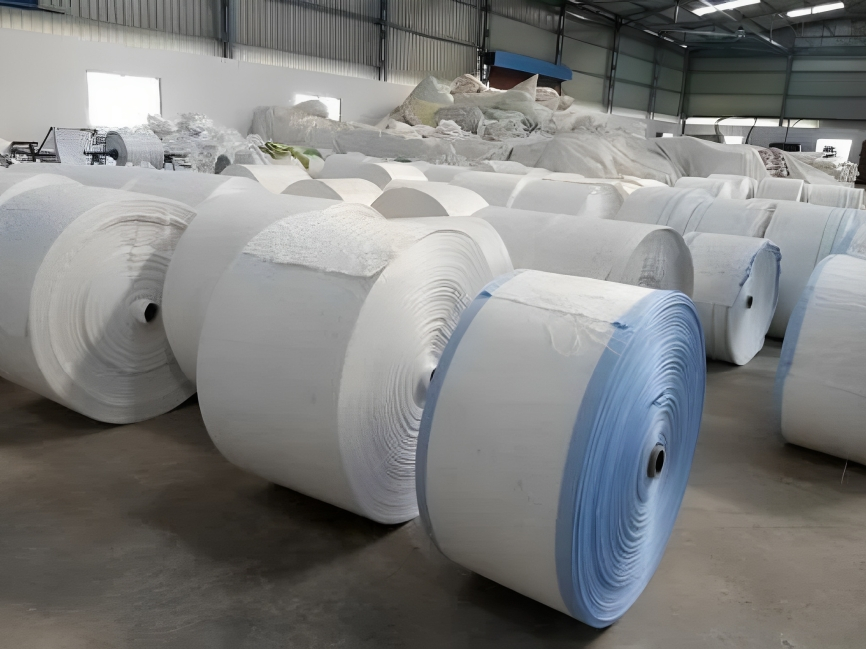Of the three polyethylenes, high-density polyethene, or
HDPE, is the most widely used petroleum thermoplastic for a
variety of uses. This plastic's ideal strength/density ratio
can be attributed to its linear structure, which has minimal
branching, as can be seen under a microscope. Because of its
molecular structure, this polymer performs well in
applications that need cost-effectiveness and moisture
resistance.
Developed in the 1930s, high-frequency radar links were
employed in World War II. Not too long after, it was
commercially released onto the market. HDPE comes in
different levels of flexibility; versions with a higher
density produce a more stiff product. The thermoplastic's
high-density grades have an equivalent amount of
crystallinity as its low-density grades, although the former
are less stiff.
Common Uses for HDPE
1. Chemical containers:
HDPE works well for recycling bins, motor oil, shampoo, conditioner, household cleaning supplies, laundry, and antifreeze because to its chemical resistance. When these bottles are colored or tinted, their potency increases.
2. Plastic bottles:
Most people are informally introduced to durable plastic through water bottles. HDPE is great for blow-moulding applications, particularly food and beverage containers because it won’t leach into the bottles’ contents. In addition, HDPE is recyclable which makes it a great choice for these highly disposable products.
3. Pipe systems
The molecular weight of HDPE pipe grade sheet is higher than that of normal HDPE used in the aforementioned examples. Its UV protection combined with strengthening makes it perfect for outdoor and pipe applications. Pipe grade sheet is resistant to temperatures ranging from -220 to 180 degrees Fahrenheit. It is helpful in many industrial applications since it is resilient in the majority of chemical interactions.
4. Toys
As HDPE is UV resistant, the toys are shielded from the rays' harmful and discoloring effects.


